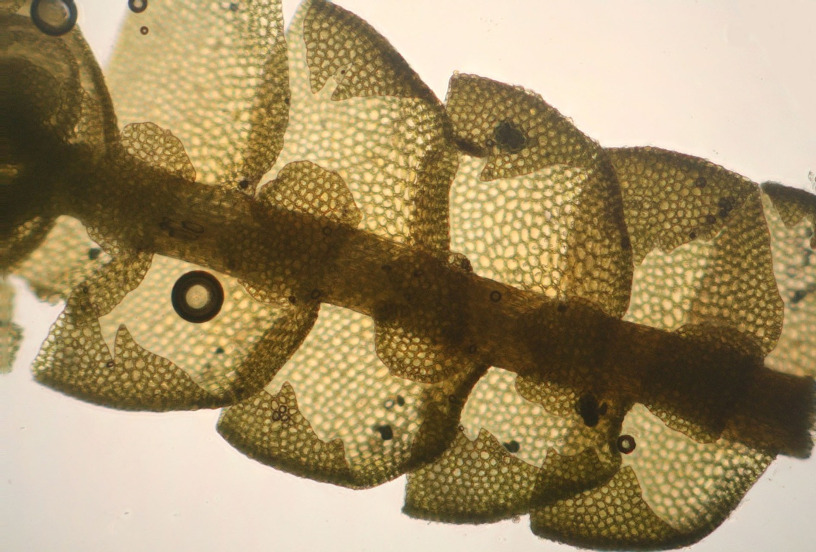The Bioinformatics Facility provides several data analysis services, particularly on Next-Generation Sequencing (NGS) data. The Basic Read Processing (base calling, quality check, trimming of reads, etc.) is provided free of charge for users performing sequencing at the Genomics Facility of USU.

Whole transcriptome shotgun sequencing (WTSS), uses next-generation sequencing (NGS) to reveal the presence and quantity of RNA in a biological sample at a given moment. RNA-Seq is used to analyze a changing cellular transcriptome.
Learn more
SNP genotyping is the measurement of genetic variations of single nucleotide polymorphisms (SNPs) between members of a species. It is a form of genotyping, which is the measurement of more general genetic variation.
Learn more
scRNA sequencing (scRNA-seq) is a common and powerful technique for profiling the whole transcriptome of a large number of individual cells.
Learn more
Bisulfite sequencing is the use of bisulfite treatment of DNA before routine sequencing to determine the pattern of methylation. DNA methylation was the first discovered epigenetic mark, and remains the most studied.
Learn more
miRNA-seq is the use of next-generation sequencing or massively parallel high-throughput DNA sequencing to sequence microRNAs. miRNA-seq differs from other forms of RNA-seq in that input material is enriched for small RNAs.
Learn more
In order to analyze protein interactions with DNA, ChIP-seq combines chromatin immunoprecipitation (ChIP) with massively parallel DNA sequencing to identify the binding sites of DNA-associated proteins.
Learn more
GBS is a marker-assisted selection (MAS) technology to accelerate plant breeding. This technology consists of the sequencing of a reduced representation of an entire genome.
Learn moreIn genomics, 16S/18S/ITS gene sequencing (or simply amplicon analysis) is used to identify or classify bacterial species. 16SrRNA is a DNA sequence encoding in a small subunit of rRNA in prokaryotes. It is mainly used to analyze the diversity of bacteria and archaea.
Learn more
Shotgun metagenomic sequencing is a relatively new environmental sequencing approach used to examine thousands of organisms in parallel and comprehensively sample all genes, providing insight into community biodiversity and function.
Learn more
Genome assembly is the process of taking many individual disconnected graphs (pieces of the DNA) that are processed independently by an assembler and putting them back together to create the original assembly.
Learn more
Genome assembly is the process of taking many individual disconnected graphs (pieces of the DNA) that are processed independently by an assembler and putting them back together to create the original assembly.
Learn moreWELCOME TO USU BIOINFORMATICS CORE FACILITY
Ideas and breakthroughs fueled by computational prediction and next generation sequencing.
Our group has been contributing to different research projects by providing support and expertise in programming and advanced data analysis, focusing primarily on high-throughput genomics technologies. These include microarrays, genotyping, and next-generation sequencing (RNA-seq, ChIP-seq, SNP-seq, etc.). We also provide virtual server environments, secure public web portals, a large suite of open source applications, and hands-on tutorials and workshops on a wide variety of informatics topics, as well as custom data analysis and consultation services. We commit to the establishment of research collaborations with scientists from different departments.